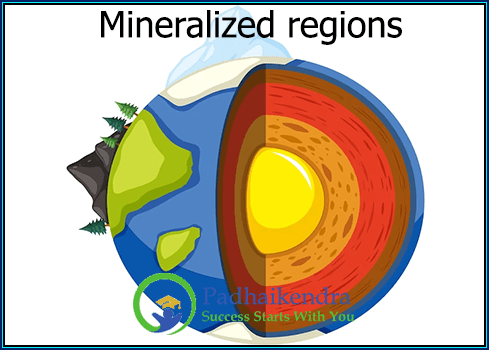Mineralized regions are areas of the Earth’s crust where the concentration of minerals is higher than the average background level. These regions are formed due to geological processes such as magmatism, hydrothermal activity, and sedimentary deposition. Mineralized regions can contain deposits of metals, such as gold, silver, copper, and iron, as well as non-metallic minerals, such as coal, salt, and industrial minerals.
The formation of mineralized regions is influenced by several factors, including the availability of mineralizing fluids, the presence of suitable host rocks, and the tectonic and structural history of the region. Some mineralized regions are associated with specific geological environments, such as volcanic arcs, sedimentary basins, and deep-sea hydrothermal vents.
The identification and exploration of mineralized regions is an important aspect of mineral exploration and mining. Geologists use a variety of techniques to map and evaluate mineralized regions, including geological mapping, geophysical surveys, and drilling. The discovery of new mineralized regions can lead to the development of new mines and the production of valuable resources for the economy. However, mineral exploration and mining can also have environmental impacts and require careful management to ensure sustainable development.





